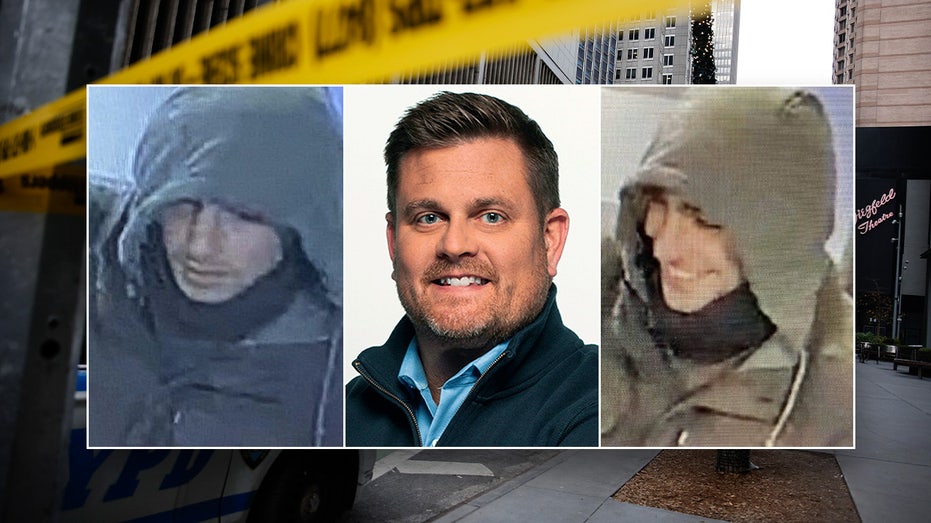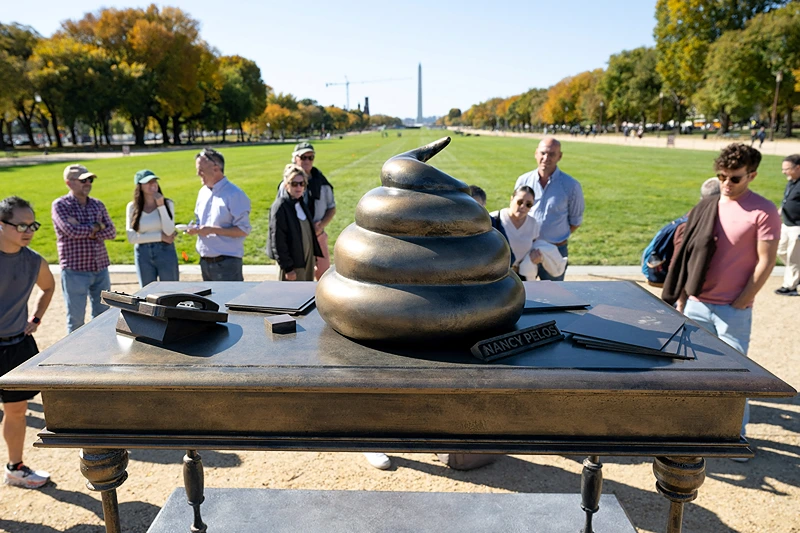Daniel Penny defense calls forensic pathologist to witness stand: 'The chokehold did not cause the death'
A private autopsy doctor testified Thursday that he reached a dramatically different conclusion in Jordan Neely's death from the New York City Medical Examiner

NEW YORK – The Marine veteran on trial for the subway chokehold death of Jordan Neely called an expert forensic pathologist to the witness stand Thursday – and he came to a dramatically different conclusion than the New York City Medical Examiner's Office.
"The chokehold did not cause the death," Dr. Satish Chundru testified.
Daniel Penny, 26, faces up to 15 years in prison if convicted on the top charge he faces, manslaughter, for the death of 30-year-old Neely.
He was on his way to the gym after class at a New York college in May 2023 when Neely, a homeless man with schizophrenia and a drug habit, barged onto a subway car and shouted death threats.
Dr. Chundru, a former Miami-area medical examiner who now runs a private practice in Texas conducting autopsies in a half-dozen counties, said that he did not believe an air choke caused Neely's unconsciousness, and therefore did not cause his death.
Dr. Chundru said he found the cause of death to be "the combined effects of sickle cell crisis, the schizophrenia, the struggle and restraint, and the synthetic marijuana."
Someone schizophrenic, high on K2 and involved in a struggle can die without a chokehold being involved at all, he said.
With the defense expert on the stand, Dr. Cynthia Harris, who conducted the city's autopsy, looked on from the audience. She testified for three days earlier in the trial.
Dr. Harris found it was the chokehold that killed Neely, not the synthetic drugs in his system, his sickle cell genetic disorder or cardiac arrest.
"This is a very complicated case," Dr. Chundru testified. "We have schizophrenia involved, sickle cell trait involved, a chokehold."
And Neely had K2, a form of synthetic marijuana that experts testified is more like cocaine, in his toxicology report.
Dr. Chundru said that an asphyxiation death comes in two phases: In the first, the individual loses consciousness. In the second, sustained pressure leads to death.
"What’s also important is unconsciousness always proceeds death in a chokehold," he said.
But rendering someone unconscious doesn't mean they're always going to die, he said. When you let go, they typically wake up, he said.
"In a sickle cell crisis, death is a lack of oxygen, so the same thing [in] an asphyxia death," he said.
This is a breaking news story. Stick with Fox News for updates.
What's Your Reaction?
















